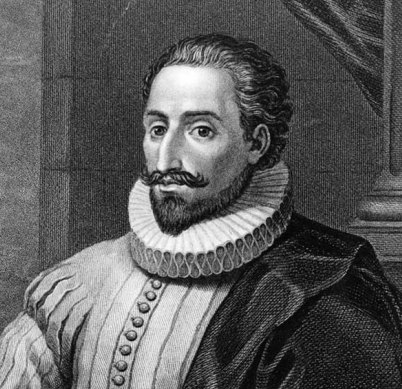
The novel popularly known as Don Quixote bears, in Spanish, the title “El ingenioso hidalgo don Quijote de la Mancha” – referring literally to an individual who is ‘ingenioso’ – inventive. The story by Miguel de Cervantes Saavedra, written in two volumes issued ten years apart, is a story about a fantasy invented and engaged in by its fictional protagonist, the Spanish gentleman Alonso Quixano. Immersed in tales of chivalrous knights, Quixano invents for himself the character “Don Quixote of la Mancha” and, together with side-kick Sancho Panza, engages in adventure, complete with an imaginary love interest – Dulcinea.
“Don Quixote” has become not only one of the great works of literature, and a foundation of the modern novel, but it is the quintessential pane to obsession by a common man. The characters in Cervantes’ novel are drawn from real life, speak in the vernacular, and engage in everyday activities. The characters are not larger than life, or anti-heroes, or moral outcasts. Don Quixote is out of the mainstream, but not beyond the pale. Don Quixote’s obsession is not that of the of the anti-social psychopath, devoid of conscience, but the obsession of the role player. Don Quixote was a geek.

